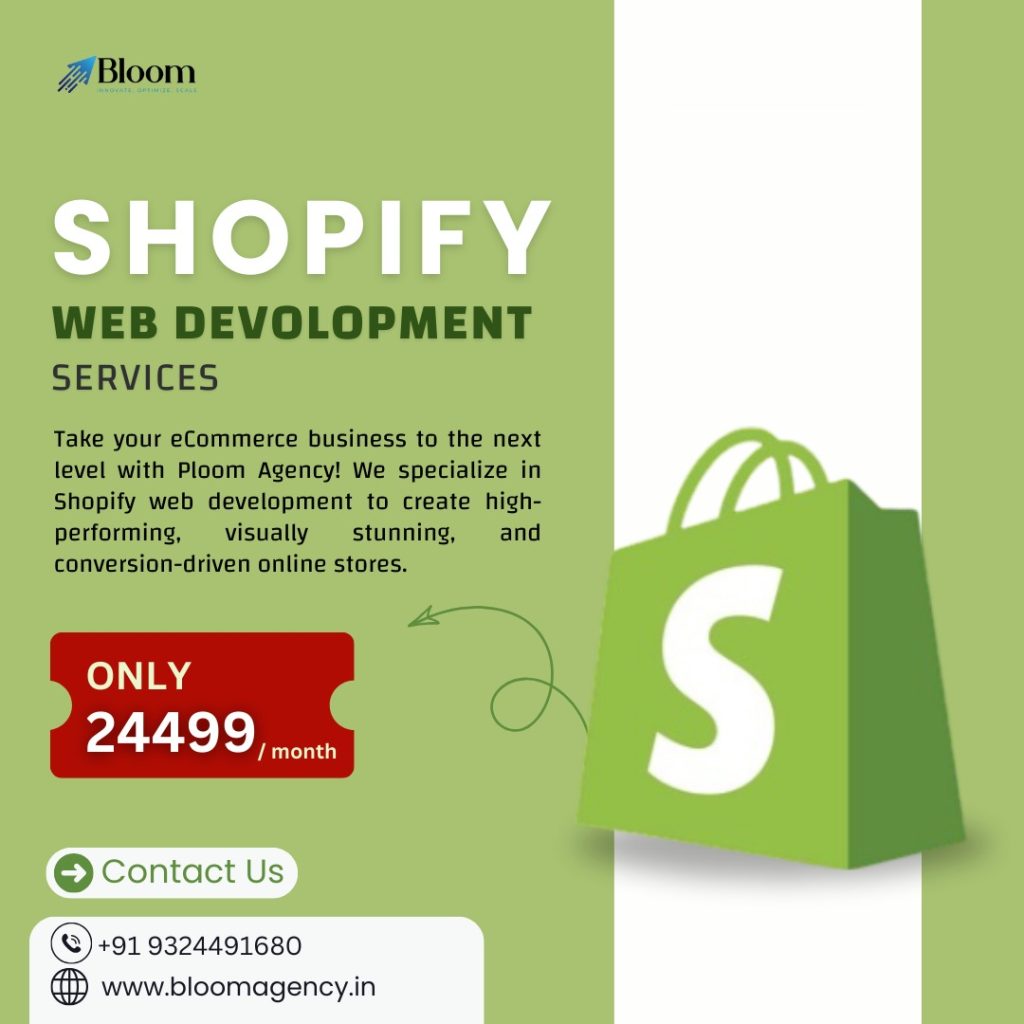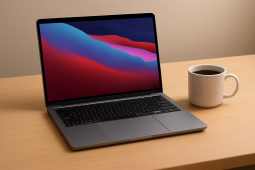A2Bookmarks UAE Social Bookmarking Website
Welcome to A2Bookmarks UAE, where discovering and sharing the latest trends in the UAE becomes an engaging and seamless experience. Our platform is designed specifically for the UAE community, offering a space to explore popular local content, save your favorite websites, and connect with like-minded individuals. With our intuitive interface, you can effortlessly categorize and access your bookmarks, while our vibrant community keeps you updated with the most relevant and captivating content from across the region. Join A2Bookmarks UAE community today and enhance your digital bookmarking journey!


Shopify App Store Optimization: Get Your App Discovered bloomagency.in
The Shopify App Store is home to thousands of apps — from marketing tools to inventory management solutions. But with such a crowded marketplace, how do you make sure your app stands out and gets installed? The answer lies in Shopify App Store Optimization (ASO) — a strategic process to improve your app’s visibility, ranking, and conversion rate.
Whether you’re a developer, agency, or business offering Shopify development services, mastering ASO can mean the difference between your app being hidden in the depths of the store and being a bestseller.
Why Shopify App Store Optimization Matters
-
Thousands of Competitors: Even if your app is unique, it’s competing against similar ones in the same category.
-
User Behavior: Most Shopify store owners browse the App Store just like customers browse Google — they click on the top results.
-
Higher ROI: Better visibility means more installs without increasing advertising spend.
Key Strategies for Shopify App Store Optimization
1. Choose the Right App Name & Keywords
Your app name should be clear, relevant, and keyword-rich without sounding spammy. For example, instead of “Boostify,” try “Boostify – Shopify Sales & Marketing Tool.”
-
Use keywords that Shopify merchants search for, like “SEO,” “email marketing,” or “inventory tracking.”
-
Place your main keyword in the first 60 characters so it’s visible in search results.
2. Craft a Compelling App Description
Think of your app description as your sales pitch.
-
First 3 lines: Highlight your app’s core benefits (not just features).
-
Use bullet points for readability.
-
Include relevant keywords naturally throughout the description.
Example:
✅ Increase conversions with AI-powered product recommendations
✅ Reduce abandoned carts with automated follow-up emails
✅ Easy integration with Shopify themes
3. Use High-Quality Screenshots & Videos
Visuals sell. Your screenshots should show:
-
The app dashboard
-
How it works inside Shopify
-
Real results (analytics, sales growth, etc.)
Adding a short demo video can increase conversions dramatically.
4. Get More Reviews & Ratings
Positive reviews are a ranking factor in the Shopify App Store.
-
Ask satisfied users to leave feedback.
-
Provide quick, helpful customer support to encourage good ratings.
-
Consider offering incentives like extra features for leaving a review (within Shopify’s guidelines).
5. Leverage Your Shopify Development Services Network
If you offer Shopify development services, use your existing clients as your first users. They can test your app, give feedback, and leave authentic reviews. This creates an initial boost in rankings.
6. Track & Optimize Regularly
Use analytics to monitor:
-
Search rankings for your keywords
-
Click-through rates on your listing
-
Conversion rates from views to installs
Based on the data, adjust your title, keywords, and screenshots.
Common Mistakes in Shopify ASO
-
Keyword Stuffing: Overusing keywords makes your listing look spammy.
-
Generic Descriptions: Not explaining exactly what makes your app different.
-
Neglecting Updates: Shopify merchants prefer actively maintained apps.
Final Takeaway
Shopify App Store Optimization is not a one-time task — it’s an ongoing process that involves strategic keyword use, compelling visuals, and consistent updates. By combining ASO best practices with expert Shopify development services, you can ensure your app isn’t just in the store — it’s seen, clicked, and installed.













